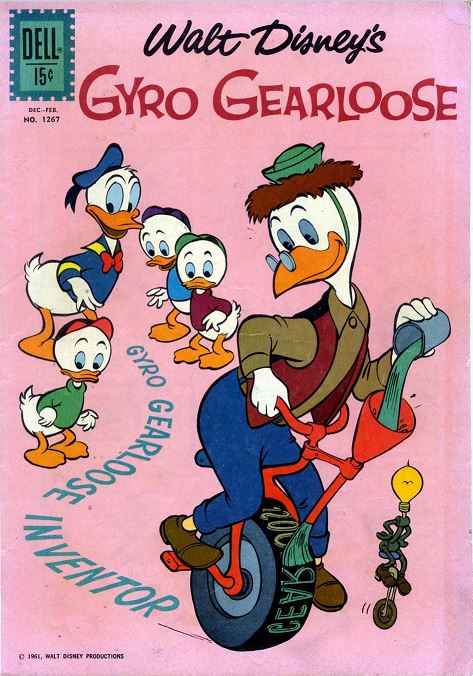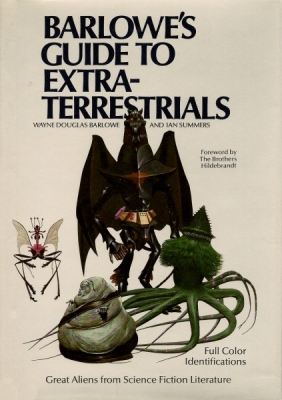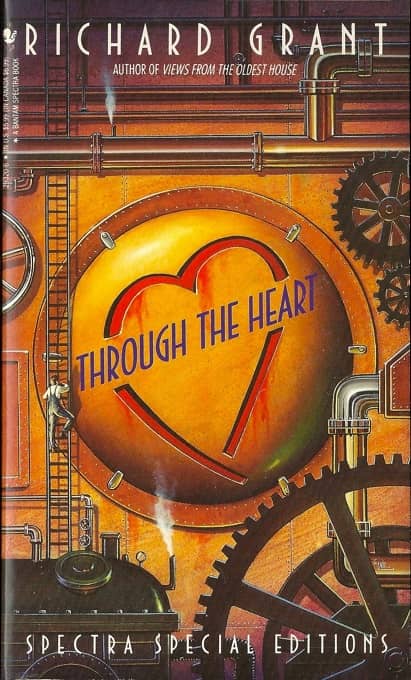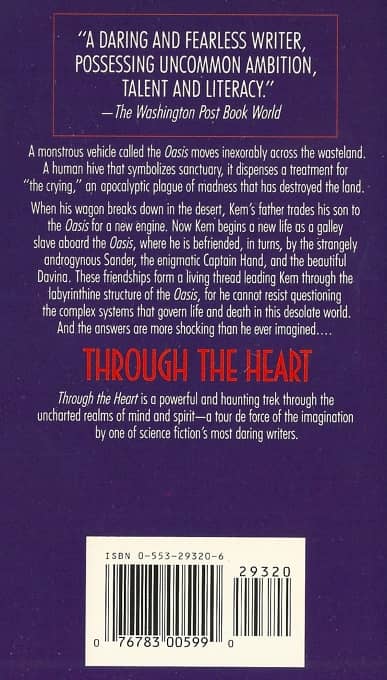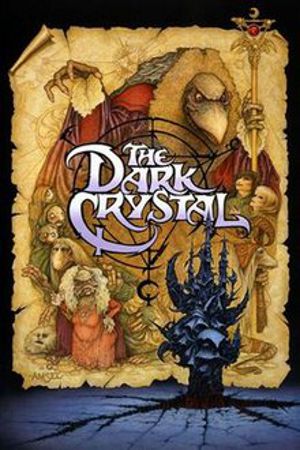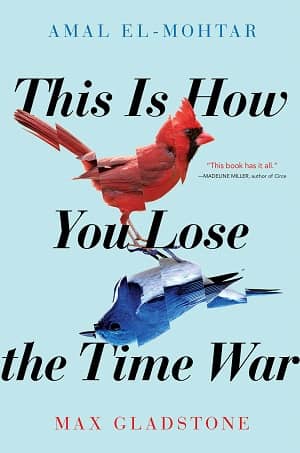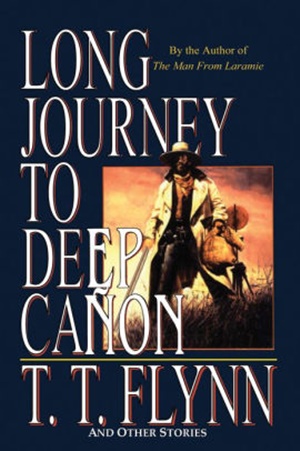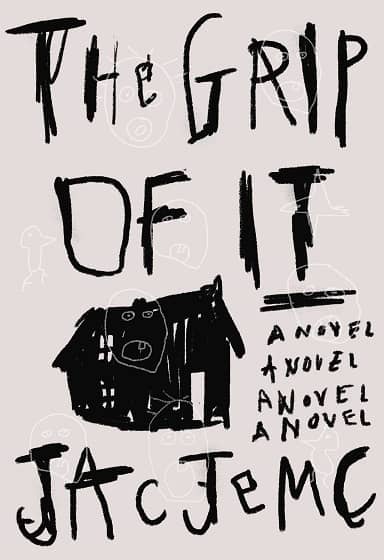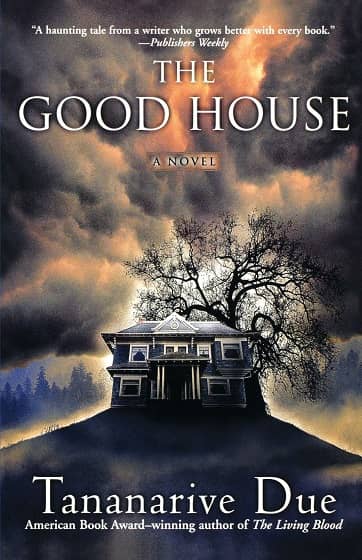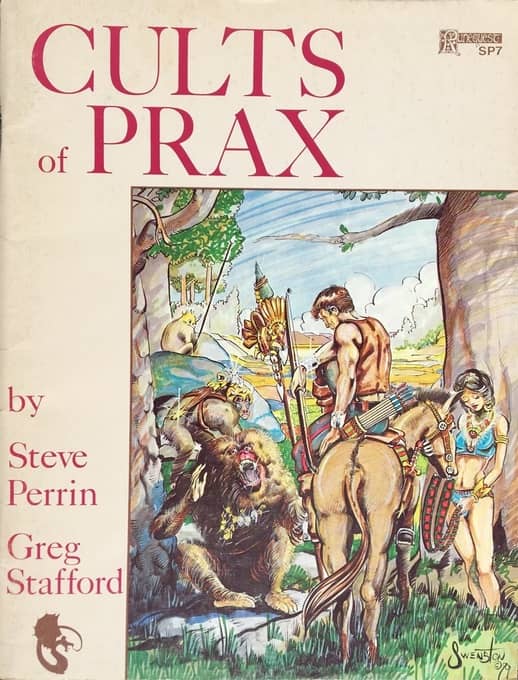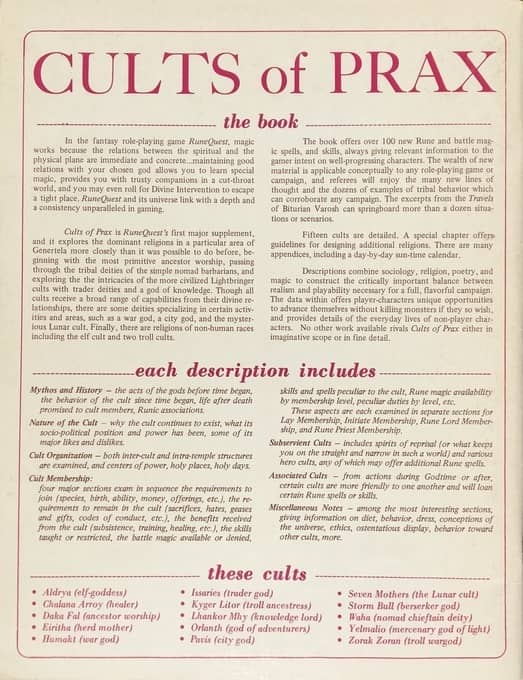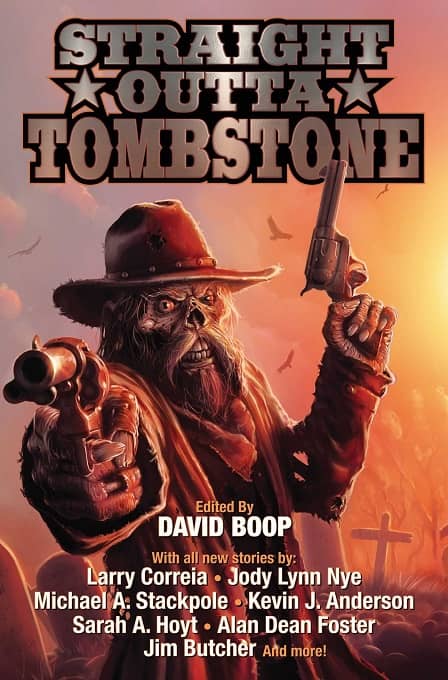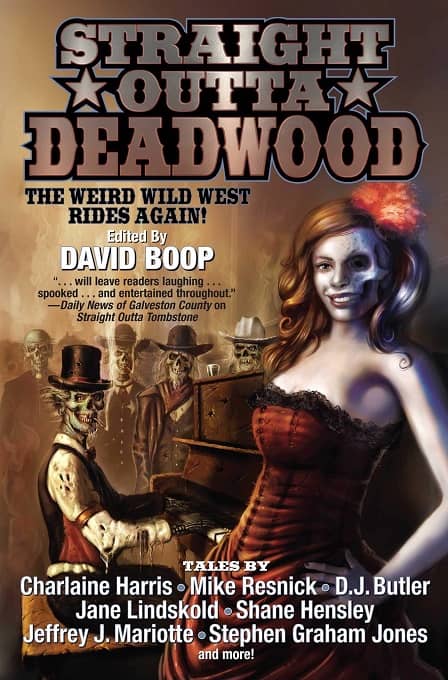Future Treasures: The Name of All Things by Jenn Lyons
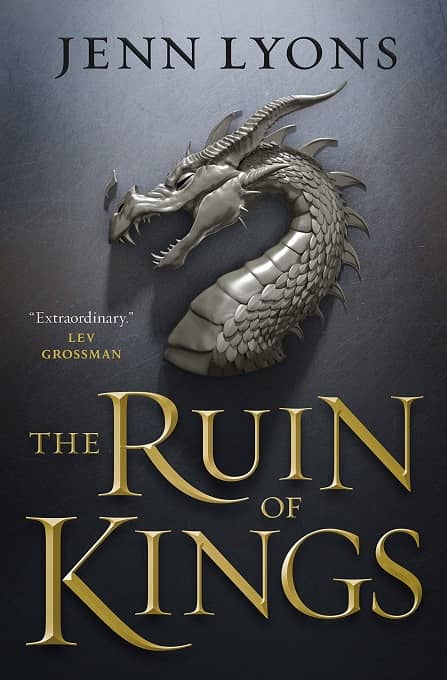 |
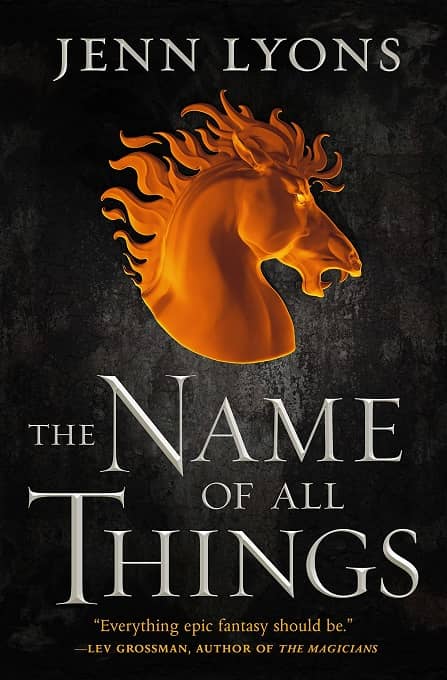 |
You can learn a lot about the publishing industry by watching what they spend money on. And this year Tor is spending a lot of money and energy promoting the debut fantasy novel by Jenn Lyons, The Ruin of Kings, released this February, and its sequel, The Name of All Things, due in bookstores in three weeks.
It seems to have paid off. The Ruin of Kings scored a rare quadruple crown, with starred reviews from Library Journal (“Stunning”), Booklist (“Dazzling”), Publishers Weekly (“intricate epic fantasy”) and Kirkus Reviews (“Un-put-down-able”). Kirkus calls the new installment “top-notch adventure fantasy written for a 21st-century audience.” Here’s the description.
You can have everything you want if you sacrifice everything you believe.
Kihrin D’Mon is a wanted man. Since he destroyed the Stone of Shackles and set demons free across Quur, he has been on the run from the wrath of an entire empire. His attempt to escape brings him into the path of Janel Theranon, a mysterious Joratese woman who claims to know Kihrin.
Janel’s plea for help pits Kihrin against all manner of dangers: a secret rebellion, a dragon capable of destroying an entire city, and Kihrin’s old enemy, the wizard Relos Var. Janel believes that Relos Var possesses one of the most powerful artifacts in the world― the Cornerstone called the Name of All Things. And if Janel is right, then there may be nothing in the world that can stop Relos Var from getting what he wants.
And what he wants is Kihrin D’Mon.
The Name of All Things is Book 2 of A Chorus of Dragons. On her website Lyons says that, if everything goes according to plan, “Tor will be releasing a book in the series every nine months or so. Two this year, one next year, two the year after that.” That’s a grueling publication schedule, but it should keep fans happy. The Name of All Things will be published by Tor on October 29, 2019. It is 587 pages, priced at $26.99 in hardcover and $13.99 in digital formats. The cover is by Lars Grant-West. Read a lengthy excerpt at Tor.com.
